Telecom panel okays TRAI proposal to lift cap on number of players
12 Oct 2007
Considering the affordability factor and the low teledensity in the country, auction of additional spectrum is not viable option at the moment, the commission said.
The commission''s report will now have to be approved by the communications minister, A Raja and the new licensing policy will be unveiled after his approval.
Some of the recommendations which have been accepted include bringing down the combined subscriber base criteria from 67 per cent to 40 per cent in the merged entity in case of merger and acquisitions, sources said.
The licensees would have to pay an entry fee for a over Rs1,680 crore for a pan-India UASL licence to get the spectrum even if they plan to offer service in fewer circles.
The panel is believed to have opined that giving additional spectrum to operators through auction is not a viable idea, but the corresponding revenue share percentage should increase for higher allocations to serve the twin purposes of its efficient use and non-hoarding of the radio waves.
The current methodology of additional spectrum allocation beyond 6.2 mhz and to GSM players and 5 mhz to CDMA service providers, based on user numbers, in all probability will continue, but with increased subscriber threshold and revenue share.
The percentage of increase will be decided once the telecom engineering centre gives its views on the same.
The commission has been asked to evaluate the need to hike the thresholds. TRAI had also prescribed that the threshold be increased significantly.
DoT has not considered TRAI''s recommendation to increase the threshold cap of equity cross holdings to 20 per cent by the same promoter in two separate companies offering services in the same licence area, saying this would not make any difference to the prevailing scenario.
TRAI
had sought to limit the combined market share of a merged entity at 40 per cent
in terms of subscribers as well as gross revenue.



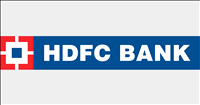


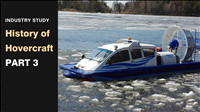

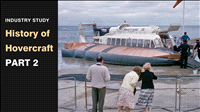

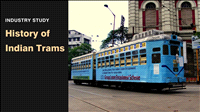

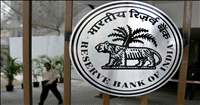
.jpg)
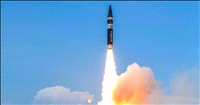
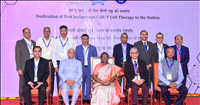
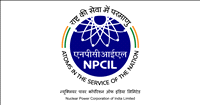



.jpg)









